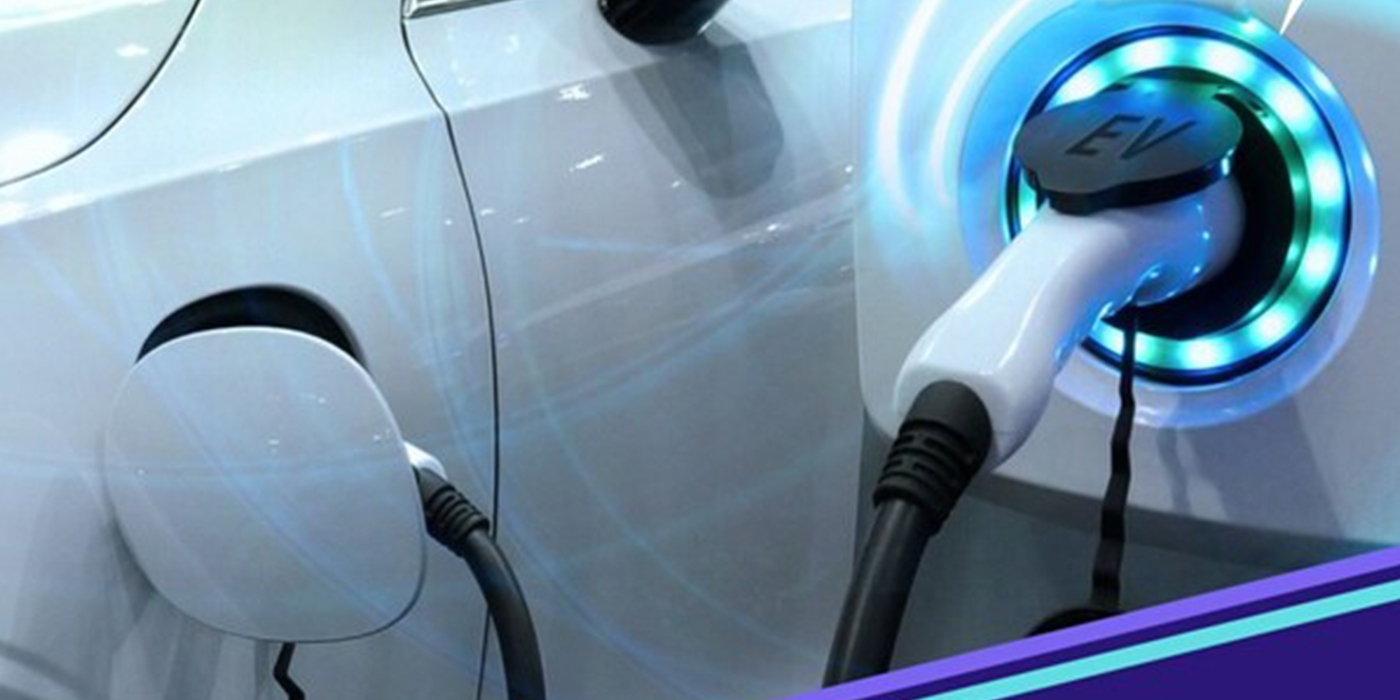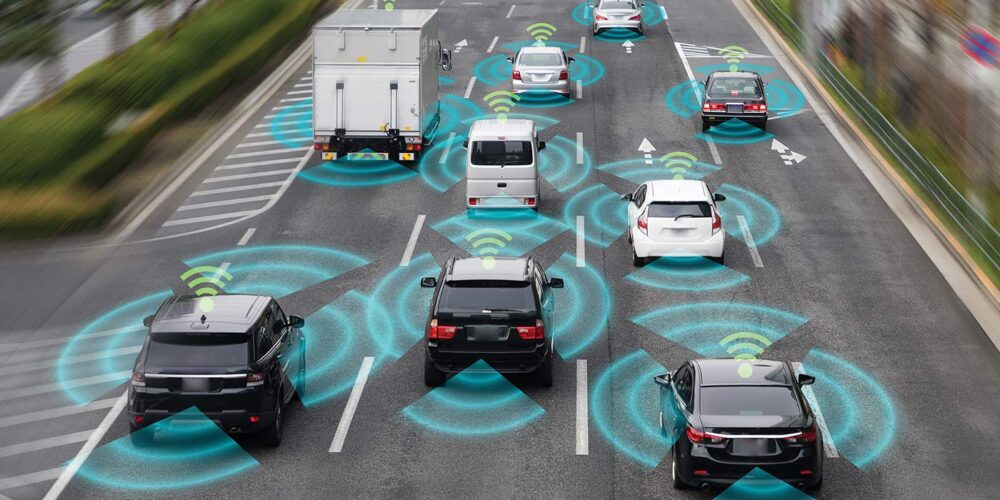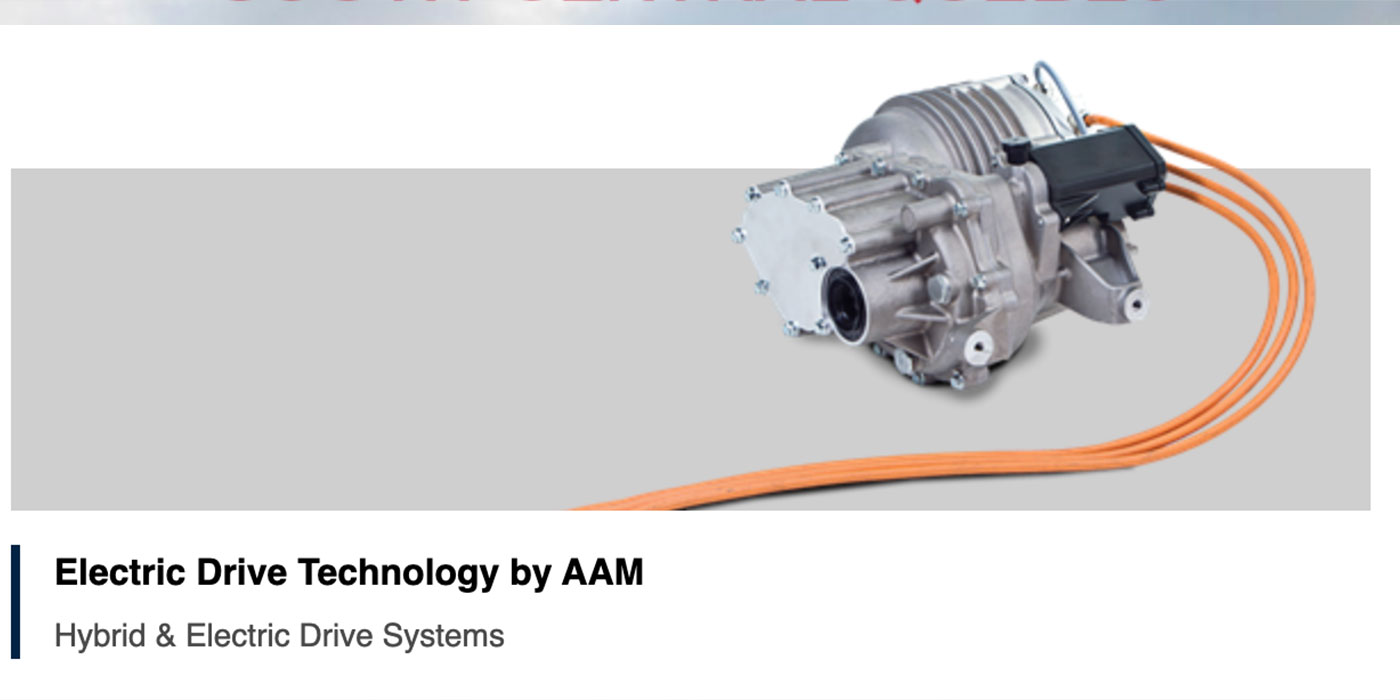According to statistics published by the U.S. Department of Labor’s Bureau of Labor Statistics (BLS) for more than 25 years, the overall veteran unemployment rate was always lower than the national unemployment rate. However, recently BLS reported that the current unemployment rate (May 2011) in the 18-to-24 age group, comprised of 60,000 veterans, was 31.9 percent, nearly double their civilian counterparts. The unemployment rate for the 25-to-29 veteran age group is 14.4 percent with the civilian counterparts is 9.5 percent. Fortunately, these data do not tell the whole story.
According to Ted Daywalt, president of Vetjobs, an award-winning veteran job board, most veterans are getting jobs. Generally, veterans who are totally separated, retired or medically discharged (wounded warriors) are finding jobs, Daywalt says.
The reason the younger vets’ unemployment has risen so high in the past three years is the majority of these people are in the National Guard or Reserves; employers simply do not want to hire someone who may be taken away for 12 to 24 months at any time.
Studies by the Society for Human Resource Management (SHRM), Workforce Management magazine and BLR (formerly Business and Legal Resources) indicate that more than 60 percent of today’s employers will not hire an active member of the National Guard as a new employee. This challenge accounts for why many National Guard units returning have unemployment rates in the 30 percent to 45 percent range.
That is why USERRA (Uniformed Services Employment and Reemployment Rights Act*) complaints have increased 800 percent between 2006 and 2010, after the current call-up policy went into effect.
The high unemployment rate among National Guard troops is also a contributing factor to why the suicide rate jumped from 50 in 2009 to 112 in 2010. Moreover, 43 percent of those suicides had employment issues.
Our forecast: The U.S. government will address this problem, but not soon enough. The more than 30,000 returning troops are likely to intensify the problem.
Author’s Note: Our consciousness was raised when we met a bright young woman veteran in the Charlotte airport cleaning bathrooms. When asked, she replied, “In spite of my background in communications with the Army, this was the only job I could get.”
Though this issue is one that is acute here in the United States, it is a challenge for other countries of the world as well.
* This legislation was designed to protect the rights of members of the National Guard and Reserve.













